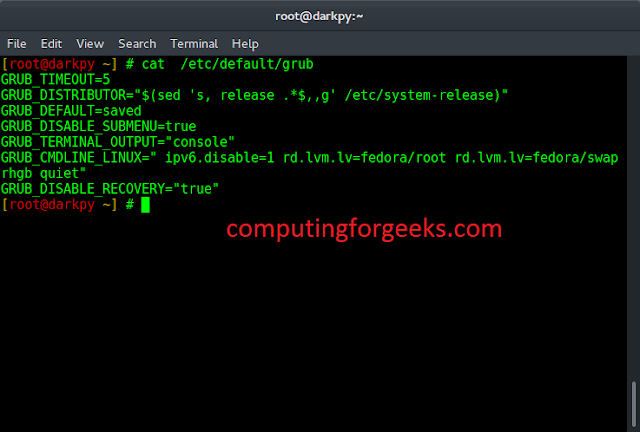numpy.fabs() function is used to compute the absolute values element-wise. This function returns the absolute values (positive magnitude) of the data in arr. It always return absolute values in floats.
Syntax : numpy.fabs(arr, /, out=None, *, where=True, casting=’same_kind’, order=’K’, dtype=None, ufunc ‘fabs’)
Parameters :
arr : [array_like] The array of numbers for which the absolute values are required.
out : [ndarray, optional] A location into which the result is stored. If provided, it must have a shape that the inputs broadcast to. If not provided or None, a freshly-allocated array is returned.
**kwargs : Allows to pass keyword variable length of argument to a function. It is used when we want to handle named argument in a function.
where : [array_like, optional] True value means to calculate the universal functions(ufunc) at that position, False value means to leave the value in the output alone.Return : [ndarray or scalar] The absolute values of arr, the returned values are always floats.
Code #1 : Working
# Python program explaining # fabs() function import numpy as geek in_num = 10print ("Input number : ", in_num) out_num = geek.fabs(in_num) print ("Absolute value of positive input number : ", out_num) |
Output :
Input number : 10 Absolute value of positive input number : 10.0
Code #2 :
# Python program explaining # fabs() function import numpy as geek in_num = -9.0print ("Input number : ", in_num) out_num = geek.fabs(in_num) print ("Absolute value of negative input number : ", out_num) |
Output :
Input number : -9.0 Absolute value of negative input number : 9.0
Code #3 :
# Python program explaining # fabs() function import numpy as geek in_arr = [2, 0, -2, -5] print ("Input array : ", in_arr) out_arr = geek.fabs(in_arr) print ("Output absolute array : ", out_arr) |
Output :
Input array : [2, 0, -2, -5] Output absolute array : [ 2. 0. 2. 5.]




